For those looking to level up their container gardening game, why not give coleus a try? The leaves of Coleus species will definitely add vibrant tropical colors to your foliar repertoire.
Believe it or not, my most memorable experience with containerized coleus was actually at Busch Stadium, aka the home of the St. Louis Cardinals – stay with me, Chicago Cubs fans. Or “bear” with me, I suppose.

We link to vendors to help you find relevant products. If you buy from one of our links, we may earn a commission.
During my internship with Focal Pointe Outdoor Solutions – I can’t hype them up enough, by the way – one of the highlights was gaining access to the stands near the foul poles, where some pretty red coleus was waiting in a long planter box.
As a client of Focal Pointe, the Cards needed outside help in caring for such plants throughout the stadium.
As I watered and fertilized the coleus, I was reminded of how important their colors can be.
In their beautifully leafy way, these red plants actually added to the Cardinals’ red aesthetic. They certainly got air time whenever slightly foul balls were hit.
Long story short, if coleus plants are good enough for an MLB stadium, then they’ll definitely look amazing in your garden.
And with our guide to cultivating them in containers, you’ll be able to grow these guys like a pro.
Here’s a lil’ preview of everything we’ll cover up ahead:
What You’ll Learn
A Coleus Primer
For those unfamiliar with this plant, it’s an herbaceous, leaf-heavy perennial that grows anywhere from six to 36 inches tall.
It usually has a similar spread, although the upright and trailing types can be narrower or wider than they are tall.
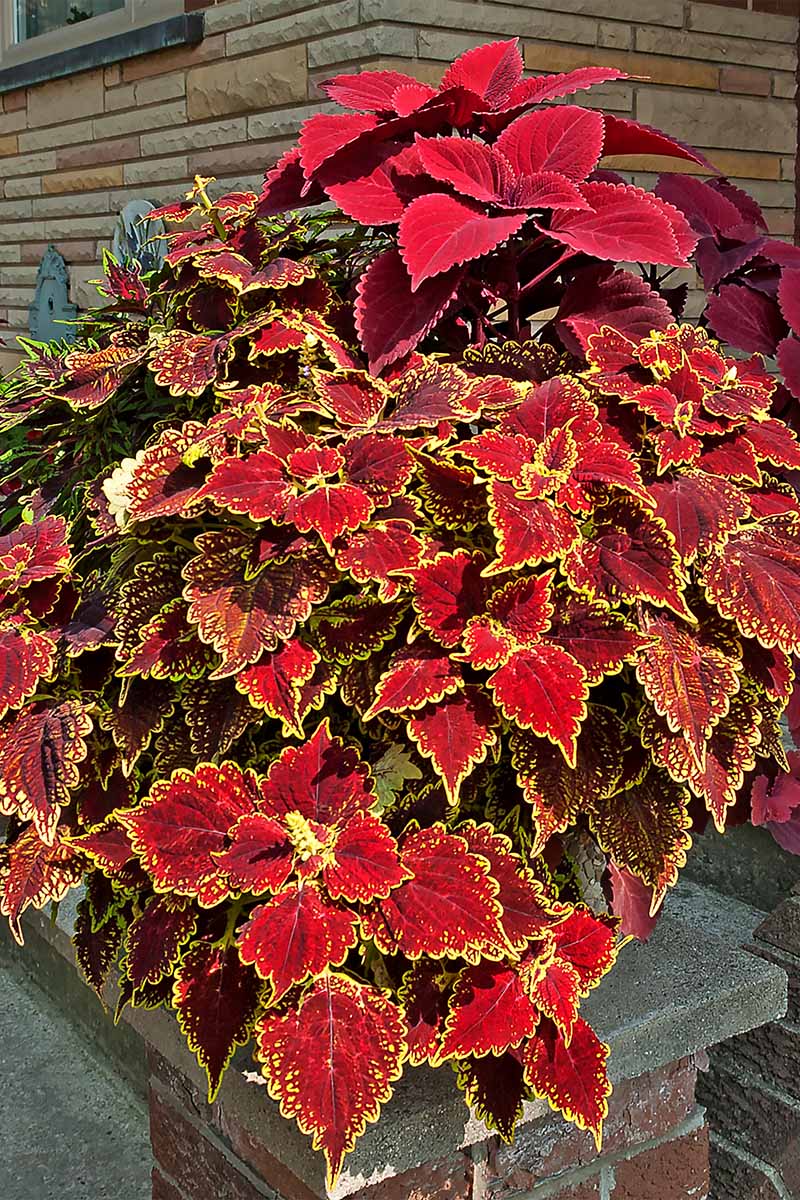
It grows outdoors year-round as a perennial in USDA Hardiness Zones 10 to 11, but it’ll need to be brought indoors or grown as an annual in more northern climates.
Many varieties prefer full shade, partial shade, or dappled sunlight, but there are some cultivars that actually do quite well in full sun.
A member of the Lamiaceae, aka the mint family, coleus has square-shaped stems, with pairs of opposite-facing leaves that alternate directions with each node.
Its flowers are aesthetically insignificant, though they do attract pollinators such as bees and butterflies.
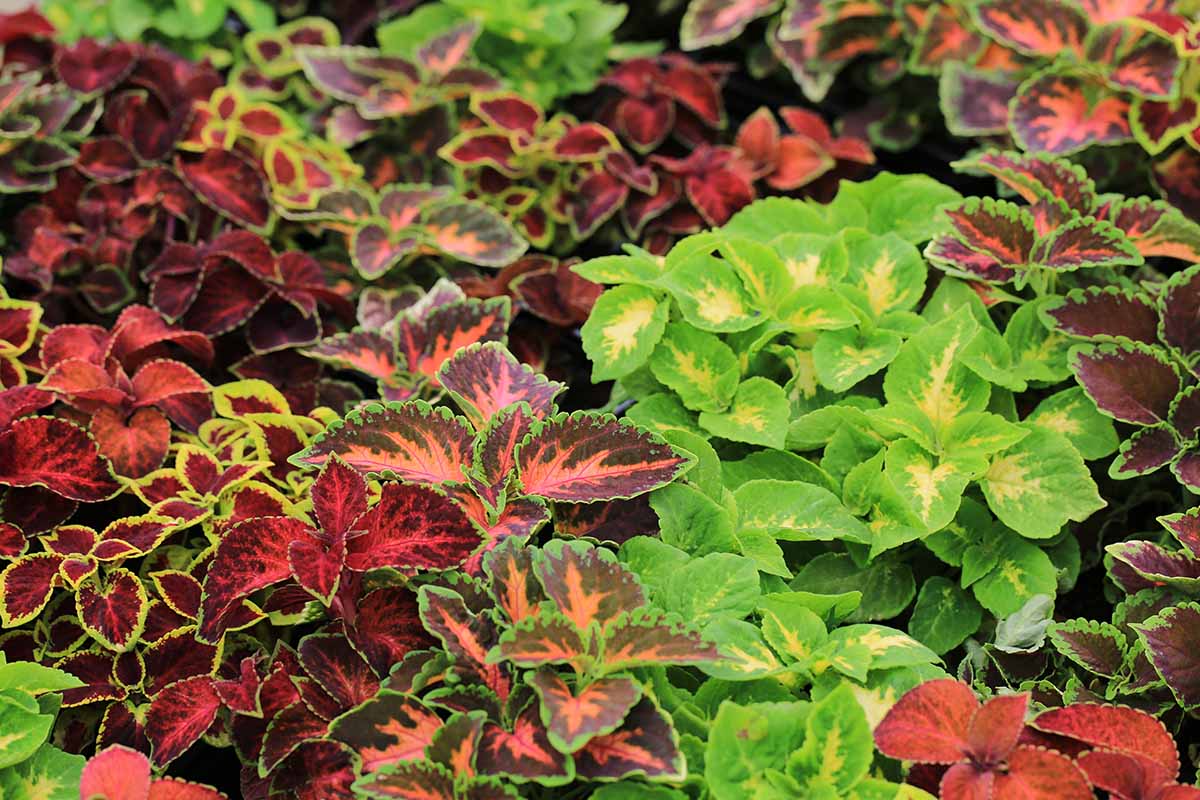
Different types bear leaves of various shapes, widths, and lengths. Their margins may differ in appearance, ranging from serrated to smooth to wavy.
You can find these guys in pretty much every color, except for true blue. (Sorry again, Cubs fans.) And color patterns range from uniform hues to the practically kaleidoscopic.
Why Cultivate a Containerized Coleus?
It’s a fair question, especially when it could easily be grown in-ground. Our guide to growing coleus covers how to do just that.
But growing these plants in containers actually comes with a few notable advantages:
Accessibility
A coleus isn’t the tallest of tropical plants. Thus, their prunable and pinchable parts can require some significant stooping to access, especially when the plant is growing in the ground.
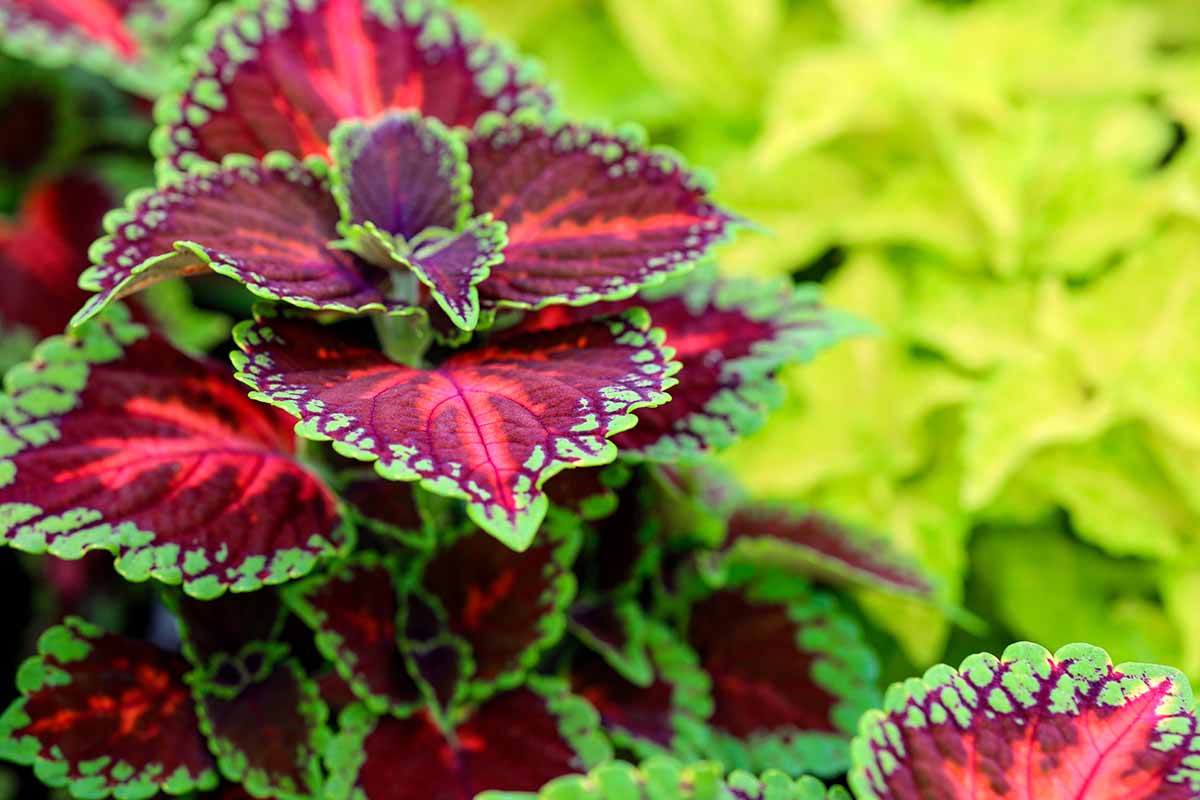
But with a pot, window planter, or raised bed, you can easily raise your specimens a couple feet, which makes them easier to reach and work with.
It certainly feels better on your back when you don’t have to bend over as much!
Flexibility
Should you decide that it needs a new home, a plant that’s grown in-ground is much more difficult to move than a plant that’s grown in a container.
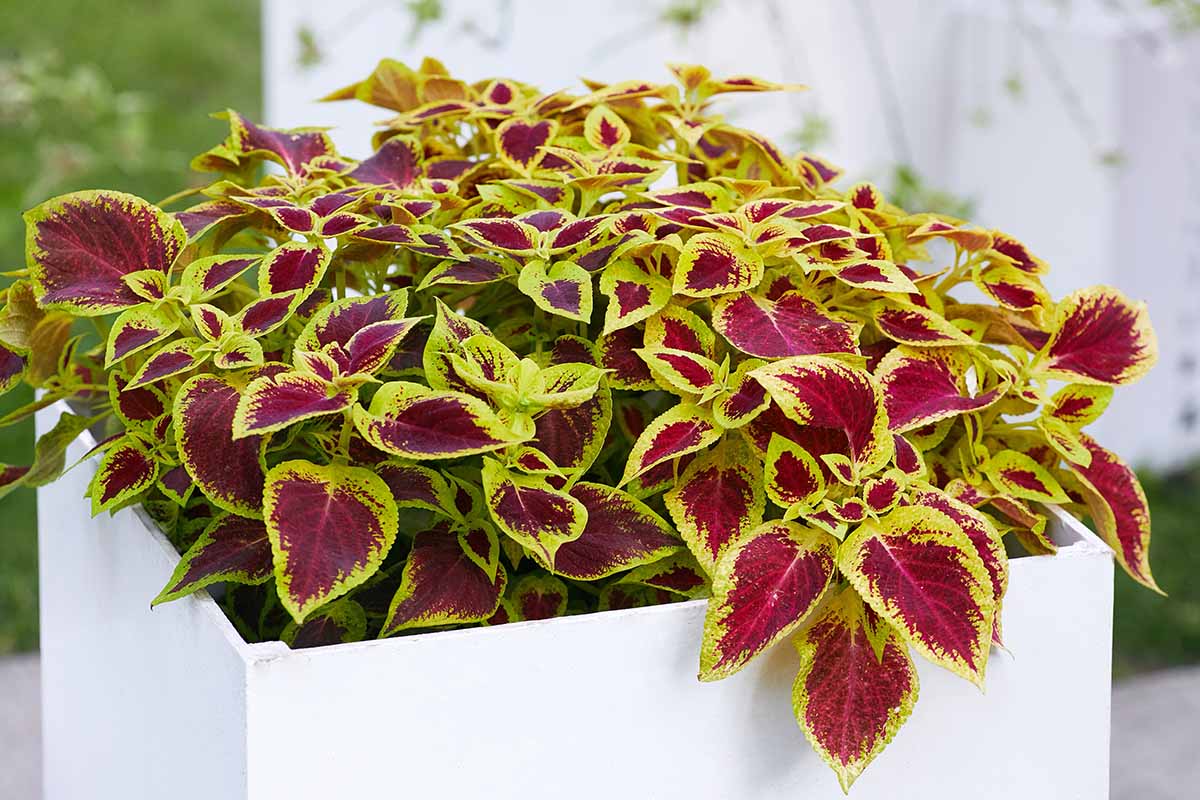
For the former, you have to time it in the appropriate season, dig it out of the soil, and gingerly keep the plant together and undamaged while relocating it.
Plus, you have to be extra diligent with cultivation after transplanting, at least until the transplant has established itself.
But for plants in pots or hanging baskets, moving them is as simple as picking up the container, walking a little ways, and then setting it down again.
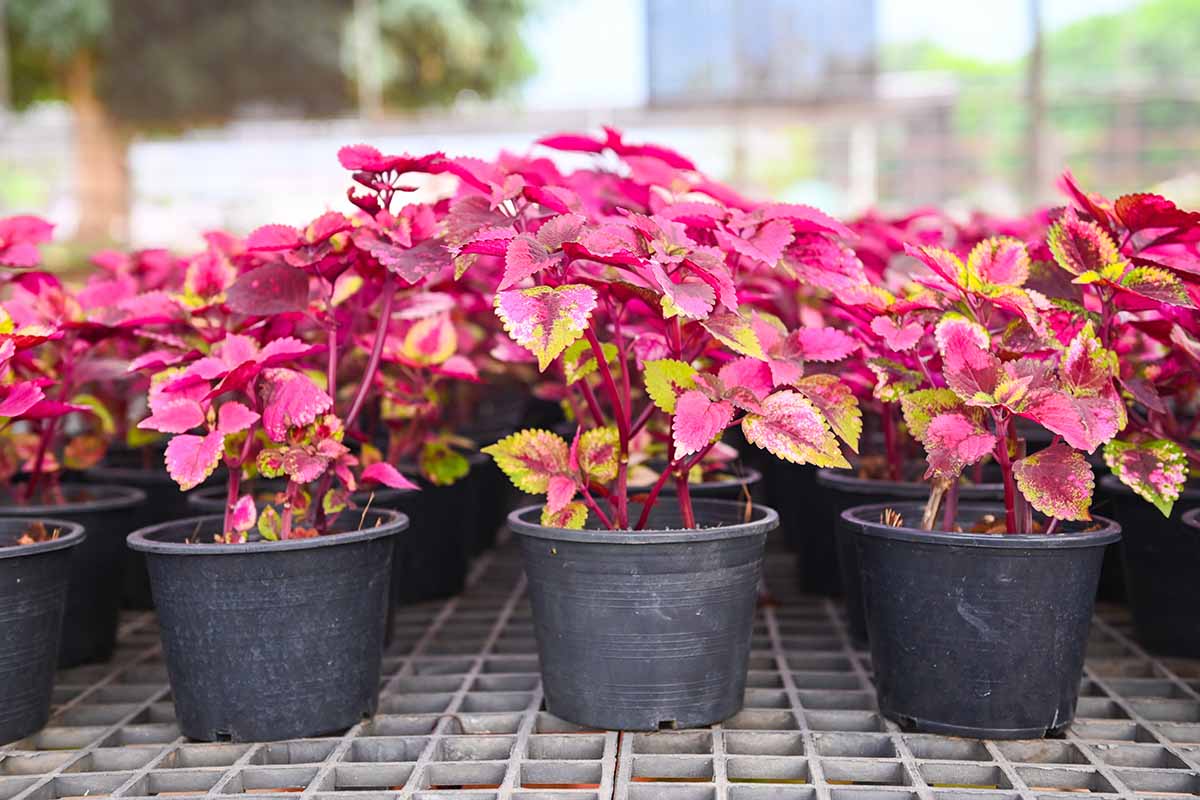
Even if the pot is heavy and unwieldy, moving it usually takes less time and effort in the long run than in-ground transplanting does.
Even for essentially immovable containers such as raised beds or window planters, the plants within are usually easier to transplant than in-ground specimens, since soilless media tends to be lighter and easier to work with than garden soil.
Style
Unless you try to spice things up with mulch or compost, an in-ground plant is a garden plot’s only source of beauty.
Other than providing an earthy and natural vibe – which, to be fair, your garden probably has plenty of already – the soil doesn’t add much to the aesthetic, leaving it up to the plant itself to provide all the pizzazz.
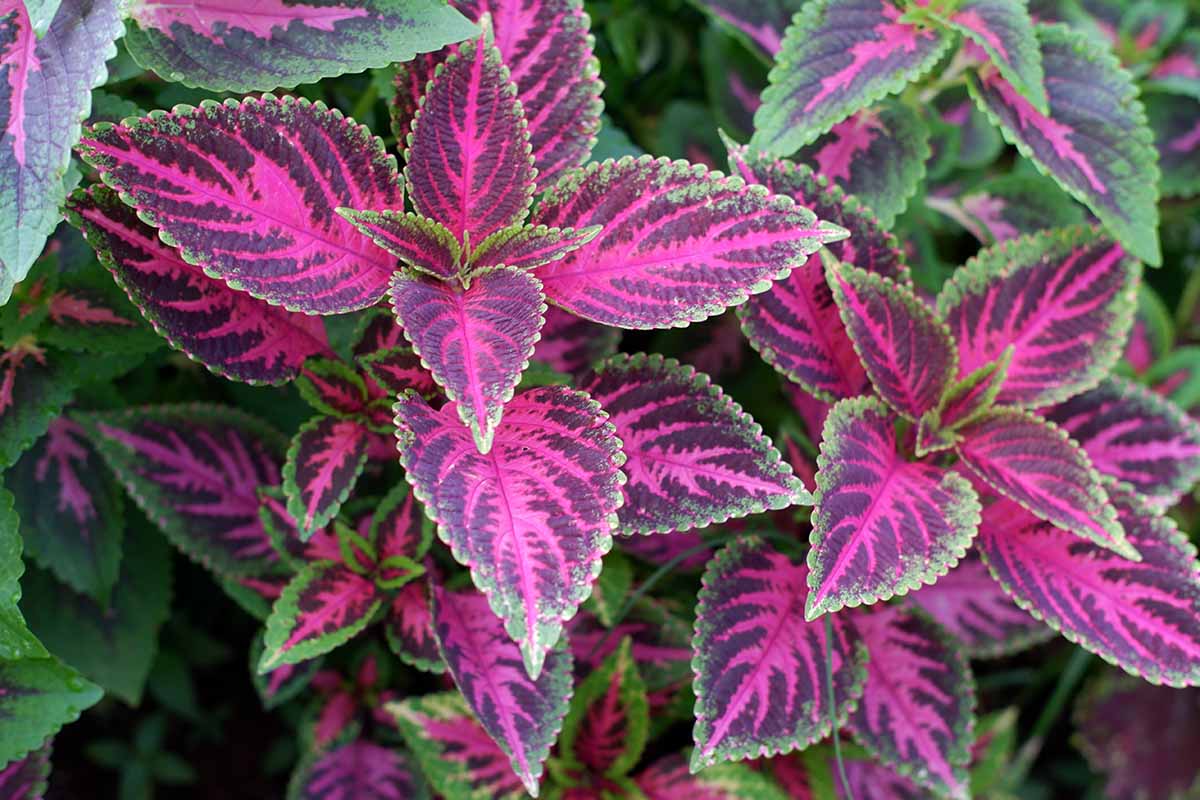
But a properly-chosen container can really complement the plants within, aesthetics-wise. Different sizes, shapes, materials, colors, and designs leave you with a whole bunch of options.
Combine that with all the various colors, sizes, and leaf forms that these plants offer, and you could come up with unique coleus-container pairings until the end of time.
Choosing a Variety, Container, and Growing Medium
With around 300 species of Coleus and a far greater amount of cultivars to choose from, a gardener could easily be driven mad with indecision.

To avoid this, I’d recommend coming up with a few ideas as to what you might want before you go browsing.
Once you’ve narrowed the list down a bit and selected a coleus or two to start with, it’s time to choose a container.
Different container materials all have their pros and cons when it comes to cost, appearance, weight, durability, and other factors. And whichever you choose is entirely up to you.
Just know that porous materials such as unglazed ceramic, terra cotta, and concrete will dry out faster than non-porous materials such as plastic, metal, and fiberglass.
And since a coleus loves sitting in moist soil, a slow-to-dry material will better preserve moisture, which will save you trips with the watering can.
Regardless of the container’s material, though, you should ensure that its bottom has drainage holes. You don’t want to cause root rot or create a chronically saturated environment that pathogens love!
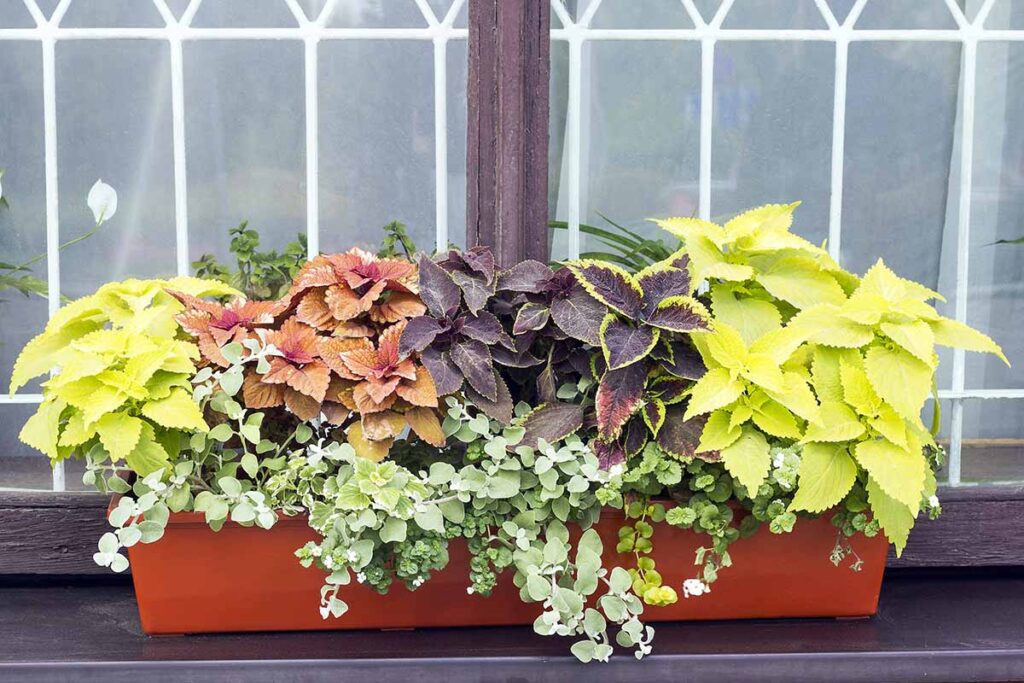
The intended amount and size of your specimens will determine their container’s size.
Depending on its mature size, a coleus needs eight to 12 inches of elbow room, so make sure to choose a container that provides at least that much depth and lateral spacing per plant.
A standard 50:50 mix of peat moss and perlite will retain water, allow for sufficient aeration and drainage, and have a pH somewhere in the 6.0 to 7.0 range.
To provide the organic richness that a coleus craves, work about an inch of an organic material such as compost into the media at planting time.
You can also utilize a bioactive organic potting mix, which will start your plants off with the organic matter, minerals, and nutrients that they need to thrive.
Organic Potting Mix, 20 Quarts
If this tickles your fancy, try this premium organic potting mix from Gardener’s Supply.
With your selected media mixture, fill up your choice of container about an inch or so shy of the brim. After that, you’re ready to add the coleus!
Planting, Placement, and Container Care
Regardless of whether its placement is in- or out-of-doors, a coleus is ready to be planted when ambient temperatures are consistently above 60°F, although the 70 to 100°F range is optimal.
With your variety’s exposure preferences in mind, decide where you’re going to place the plant.
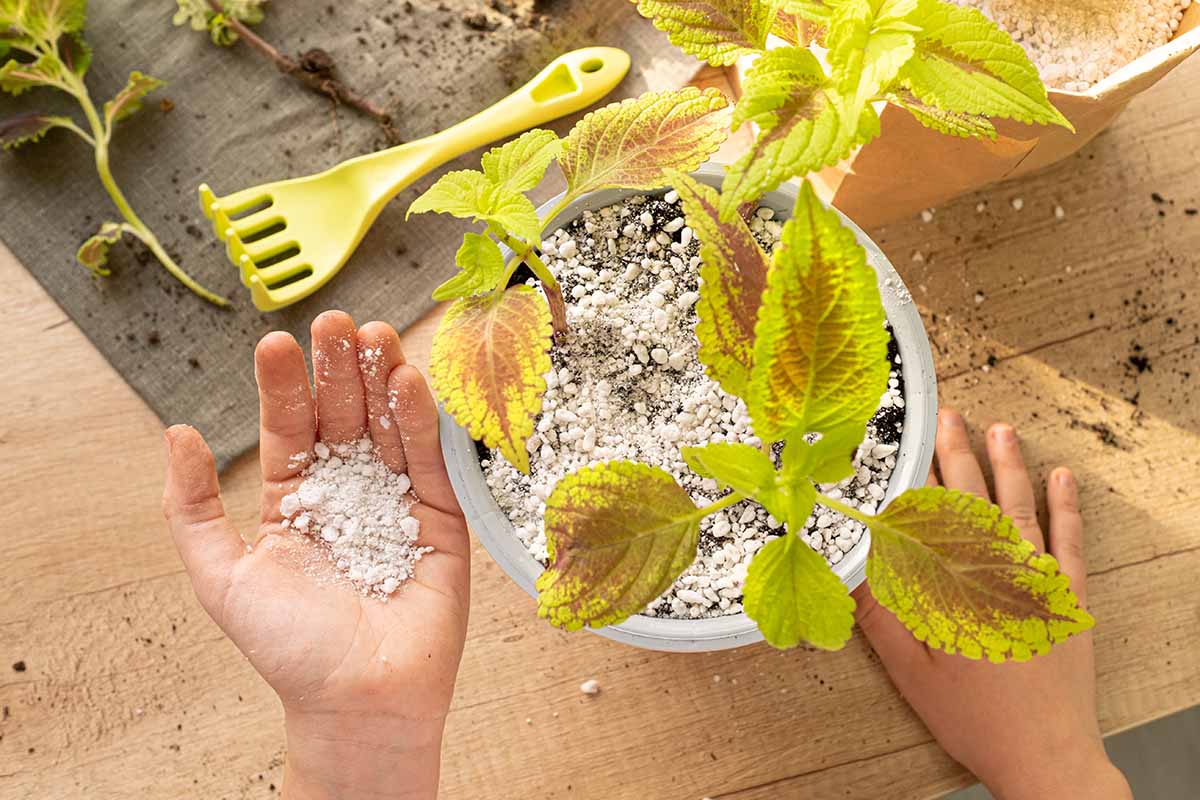
Doing this before the actual planting takes place is especially important for plants in immovable containers such as window boxes and raised beds.
Don’t forget that pots become significantly heavier when they’re filled with plants and soil, and then watered.
When it’s time, dig a hole that’s about as deep and a bit wider than the specimen’s root ball. Lower the plant in the hole, backfill with the dug-out media, then water in the root zone. Kudos, ya done planted it!
Move the container if it’s not in its intended location already. Once it’s set, it’s time for the easy part: the everyday cultivation and maintenance.
You’ll want to maintain moist soil at all times, meaning you should add water whenever the top inch of the media feels dry. To keep any excess moisture off the leaves, be sure to avoid irrigating from overhead – directly water the root zone instead.
Since flowering can cause leggy growth and take visual emphasis away from the foliage, pinch back the blooms whenever they emerge.

This has the physiological benefit of redirecting the plant’s energy from reproduction into growing stronger stems, bushier leaves, and a denser form overall.
If individual stems start to grow distractingly long, feel free to trim them down to the desired length. A plus of pruning? You can root the pruned stems and propagate some new coleus plants from them!
Feeding-wise, you can’t go wrong with a balanced, all-purpose fertilizer. Just be sure to avoid fertilizers designed to encourage flowering, as you’ll end up with some leggy growth and those blah-looking blooms.
Apply your choice of fertilizer about once per month throughout the growing season.

If you need a product suggestion, try this all-purpose, 20-20-20 NPK fertilizer from J R Peters, available on Amazon.
If you find that your plantings are starting to get a little cramped, gently lift and move them into new, media-filled containers.
Make sure their new homes are an inch or two larger in diameter than their old ones, and be extra diligent about their cultivation until they become established.
When it comes to cultivating coleus in USDA Hardiness Zones 10 and up, not much changes throughout the calendar year.
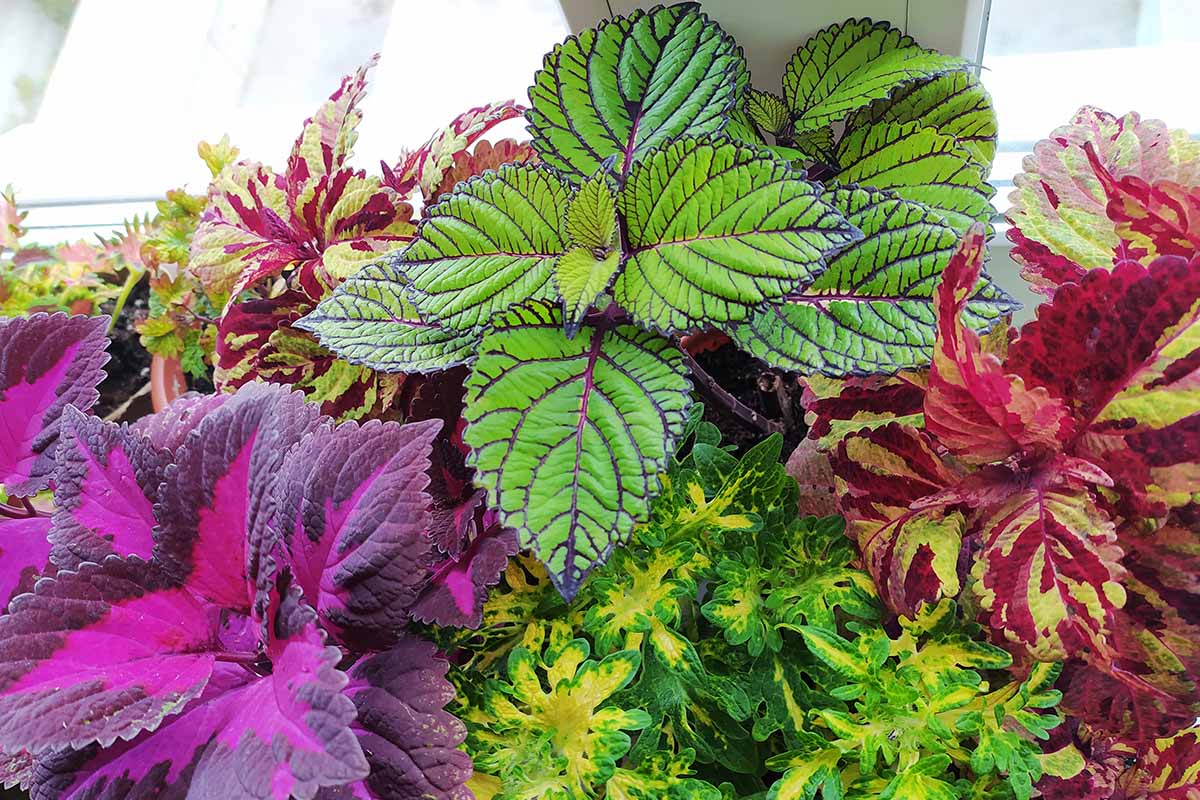
Just make sure to cease fertilization during dormancy, and be aware that irrigation won’t be needed as frequently during this time.
If the outdoor temperatures start to consistently dip below 60°F, then you have a choice to make.
You can either bring your specimens indoors until outdoor temperatures become warm enough again, or you can accept their fate as annuals.
For plants that you choose to bring indoors until the outside temperature warms up again, do your best to mimic their preferred outdoor conditions.
Adjust your thermostat to the 60 to 75°F range, provide the proper light exposure, and maintain a moist growing medium. There’s no need to fertilize outside of the growing season.

For annual coleus that you choose to leave outdoors in cold environments, your plant parenting is pretty much finished at this point.
If their cold-injured demise pains you, feel free to move the plants to the compost pile before they start to show signs of damage.
You Really Ought to Use a Pot
Or a hanging basket, a raised bed, a window planter… your options abound, really.
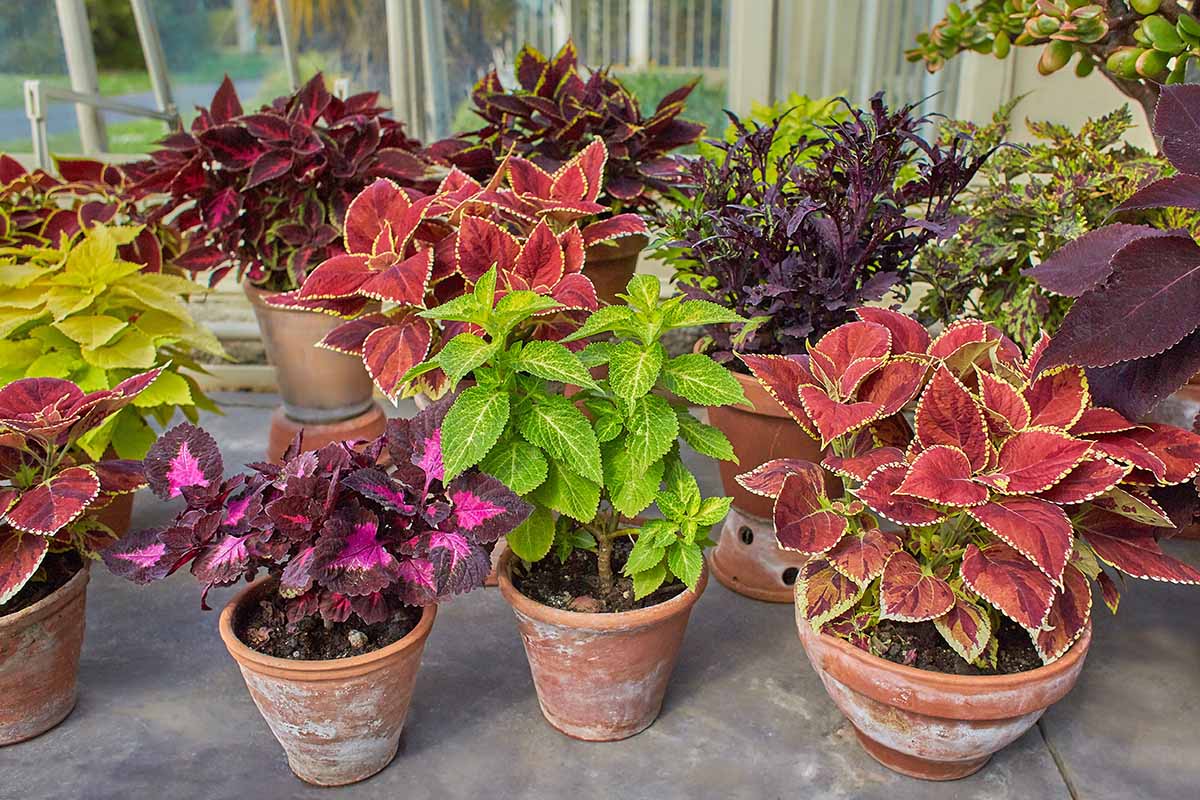
A container-grown coleus provides the placement potential that an in-ground specimen never could. So have some fun with establishing colonies of coleus in new and exciting spots! As long as you cultivate properly, the only limit is your imagination.
Still have some burning questions? Have thoughts of your own to share? Consider this your invitation to visit the comments section.
Want to learn about other members of the mint family? Your journey begins here:
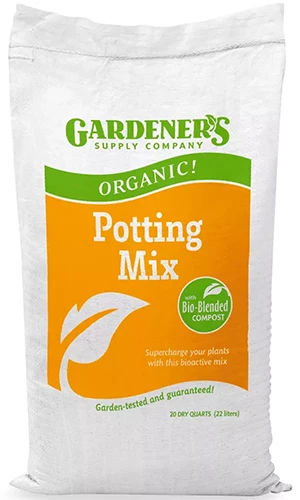
Excellent site very easy to understand. Thank you
Thanks for reading, Jacqueline!
Great information, I have a new love for Coleus and have propagated about a doz plants that can now be propagated again! So much fun bring these little stem to beautiful plants, they are so brilliant in colour! Thanks for your tips!
But of course, Patsy! Thanks for reading!